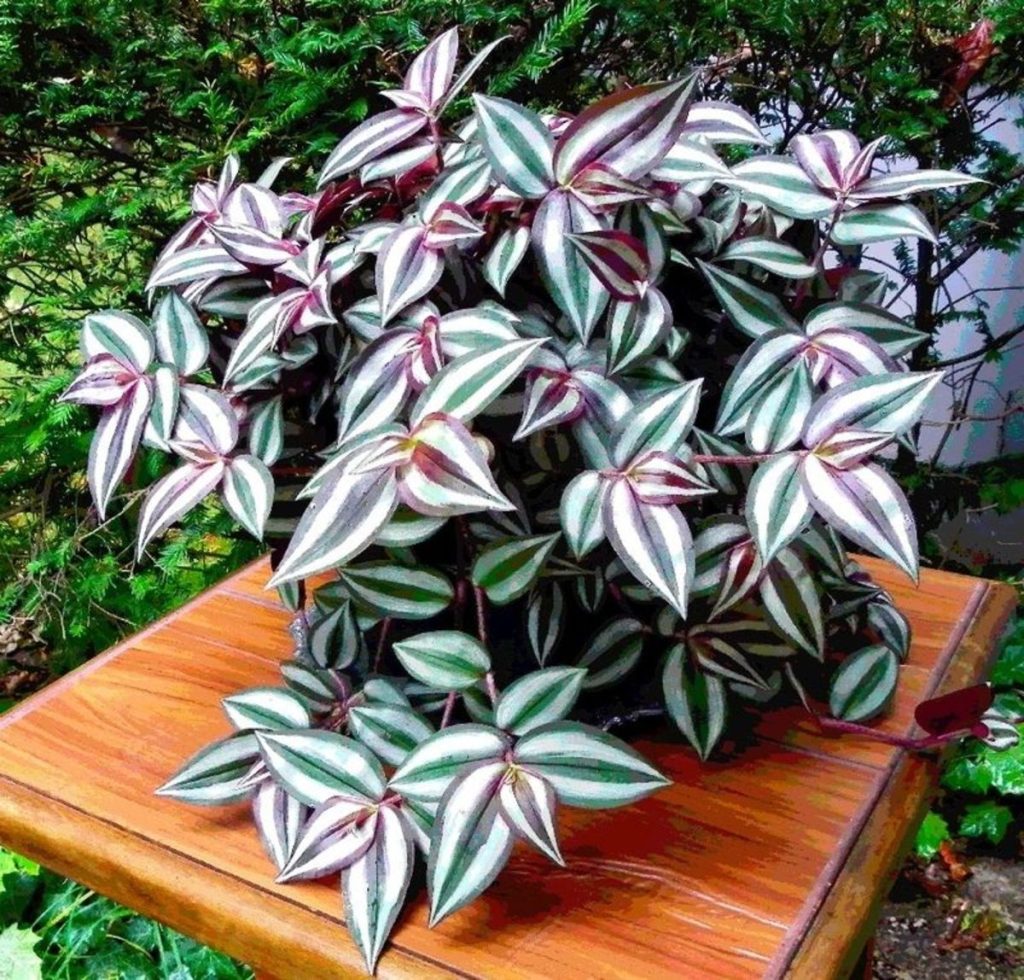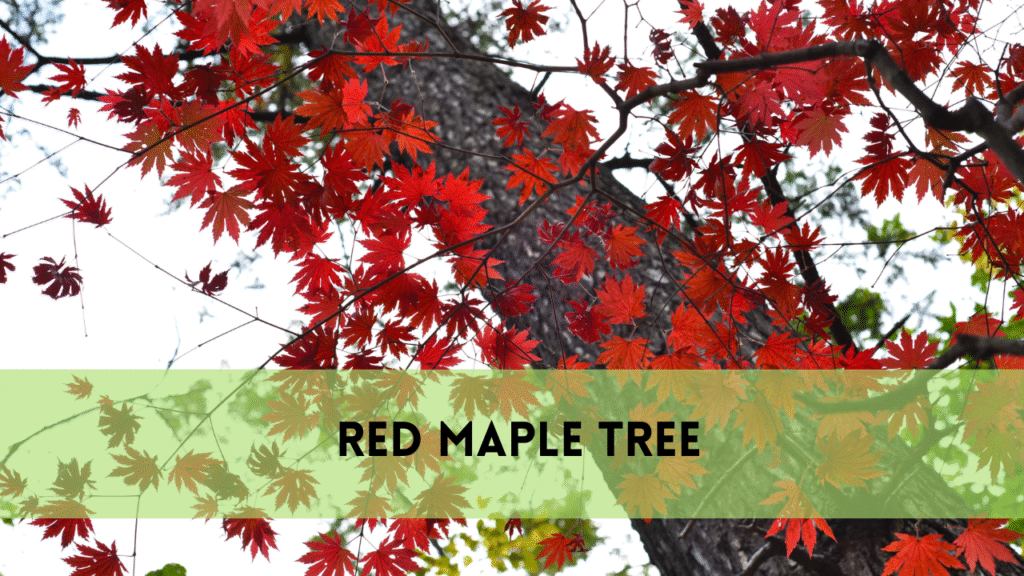Wandering Jew Plant
The Wandering Jew Plant (Tradescantia zebrina), often known as the Inch Plant, is a popular houseplant recognized for its brilliant foliage and ease of care. This tutorial looks into the intricacies of caring for this intriguing plant, ensuring it flourishes and complements your indoor vegetation.
Understanding the Wandering Jew Plant
The Wandering Jew plant is known for its beautiful leaves, which have green, purple, and silver stripes. This plant, which is native to Central and South America, has thrived in indoor environments around the world.
Varieties of the Wandering Jew Plant

Indoor gardeners choose several types of the Wandering Jew plant, each with its unique characteristics:
Tradescantia zebrina is the most common variety, distinguished by its green and purple-striped leaves.
Tradescantia fluminensis has solid green or variegated leaves and is quite hardy.
Tradescantia pallida, also known as Purple Heart, has deep purple foliage.
Optimal growing conditions
Providing the proper circumstances is critical for the Wandering Jew plant to thrive.
Light requirements
The Wandering Jew plant thrives in strong indirect light. While it can withstand low light, exposure to enough light increases the vibrancy of its leaves. Avoid direct sunlight as it will scorch the leaves.
Temperature and humidity
The Wandering Jew plant thrives in temperatures from 60 to 80 °F (15–27 °C). This plant also thrives in moderate-to-high humidity. If your home is exceptionally dry, consider utilizing a humidity tray or a room humidifier.
Soil and potting
A well-drained potting soil is needed. A mix of peat moss, perlite, and ordinary potting soil works well. Ensure that the pot includes drainage holes to avoid waterlogging, which can cause root rot.
Watering and fertilizing
Proper watering and fertilizer are critical for the health of your Wandering Jew plant.
Watering Schedule
When the top inch of soil feels dry, water the plant. It is critical to prevent overwatering; and let the soil dry out slightly between waterings. Reduce the frequency during the winter months, when the plant’s growth slows.
Fertilizing
Every two weeks during the growing season (spring and summer), give the Wandering Jew plant a balanced, water-soluble fertilizer. You can reduce the fertilizer to once a month in the fall and winter.
Pruning and propagating
Pruning regularly helps to keep the plant in shape and promotes bushier growth. Propagation is extremely simple, making it easy to grow your collection.
Pruning Tips
Cut back lanky stems to create a more expansive look. Pruning also keeps the plant from becoming unmanageable. Use clean, sharp scissors or pruning shears to produce clean cuts.
Propagation Methods
Propagation is best accomplished through stem cuttings. Cut a healthy stem just below a node and remove its lowest leaves. Put the cuttings in water or damp soil. Roots will normally emerge within a few weeks.
Common Issues and Solutions
Even with careful care, the Wandering Jew plant may experience certain problems. Here are some common challenges and their corresponding solutions:
Pest infestations
Spider mites and aphids are frequent pests. Regularly check your plant and treat any pests with insecticidal soap or neem oil.
Yellowing leaves
Yellowing leaves may suggest excessive irrigation or poor drainage. Make sure the pot has appropriate drainage, and alter your watering plan accordingly.
Leggy growth
Insufficient light could lead to lanky growth. Move the plant to a brighter spot to encourage compact growth.
Decorative Applications of Wandering Jew Plants
The Wandering Jew plant is not only easy to care for, but it also adds visual appeal to your indoor settings. Here are some unique ways to incorporate this plant into your home decor:
Hanging Baskets
The Wandering Jew plant’s trailing aspect makes it ideal for hanging baskets. Place them in areas where the brilliant leaves can cascade gracefully.
Terrariums and dish gardens
This plant’s compact stature and colorful leaves make it ideal for terrariums and dish gardens. Combine it with other little plants to create a beautiful display.
Living Walls
Planting the Wandering Jew plant in vertical planters can create a living wall. This saves space and adds a natural element to the interior.
Historic and cultural significance
The Wandering Jew plant holds a complex tapestry of historical and cultural importance. Its contentious moniker derives from medieval Christian mythology about a Jew who mocked Jesus on his way to the cross and was cursed to wander the earth until the Second Coming. This fable has influenced many cultural allusions throughout history. Despite this, people recognize the plant for its tenacity and brilliant beauty, symbolizing endurance and the ability to thrive in various settings.
Related Posts:
The benefits of growing the Wandering Jew plant are significant.
Aside from its aesthetic appeal, the Wandering Jew plant has other advantages that make it ideal for indoor cultivation.
Air Purification
Like many houseplants, the Wandering Jew plant helps to improve indoor air quality. It helps to filter out typical volatile organic compounds (VOCs) found in household items and materials, resulting in a healthier living environment.
Stress Reduction
People believe that gardening and plant care can provide therapeutic benefits. Interacting with plants, such as the Wandering Jew plant, can relieve stress, improve mood, and boost general well-being. It’s vivid colours and dense leaves provide a relaxing atmosphere in indoor environments.
Comfort of Care
The Wandering Jew plant’s low-maintenance nature makes it perfect for busy people or those unfamiliar with plant care. Its flexibility in different lighting conditions and forgiving watering schedule makes it an excellent addition to any indoor garden.
FAQS
Why are my wandering Jew plant’s leaves turning brown?
There are various causes of brown leaves on the Wandering Jew plant.
Underwatering: Ensure that the plant receives adequate water, particularly during hot weather.
Low Humidity: To increase humidity around the plant, use a humidity tray or mist.
Avoid direct exposure: Avoid exposing the plant to direct sunlight, which can scorch the leaves.
Can we grow wandering Jew plants outside?
Yes, you can grow the Wandering Jew plant outdoors under favorable conditions. It flourishes in USDA hardiness zones 9 through 11. Plant it in a spot with partial shade and well-drained soil. You should cultivate it as an annual in cooler climes or bring it indoors for the winter.
How Frequently Should I Water My Wandering Jew Plant?
Water the Wandering Jew plant when the top inch of soil becomes dry. Typically, this entails watering once a week during the growing season (spring and summer) and less frequently in the fall and winter. Overwatering can cause root rot, so keep the soil slightly dry between waterings.
What Should I Do If My Wandering Jew Plant Gets Leggy?
Inadequate lighting frequently causes leggy growth in the Wandering Jew plant. To address this
Increase light: Move the plant to an area with bright, indirect lighting.
Prune regularly. Trim back lanky stems to stimulate bushier growth.
Rotate the Plant: Rotate the plant regularly to ensure that it receives even light from all sides.
Conclusion
The Wandering Jew plant is more than simply a decorative addition to your indoor garden; it is a hardy and adaptable friend that adds a touch of natural beauty to your house. Understanding its maintenance requirements and the benefits it provides will allow you to enjoy a healthy and visually appealing plant that will brighten your living area. Whether you’re an experienced plant enthusiast or a newbie, the Wandering Jew plant is a wonderful choice for anybody wishing to bring color and energy to their interior space. With appropriate care and attention, this magnificent plant will provide you with lush leaves and vivid colors for years to come.




